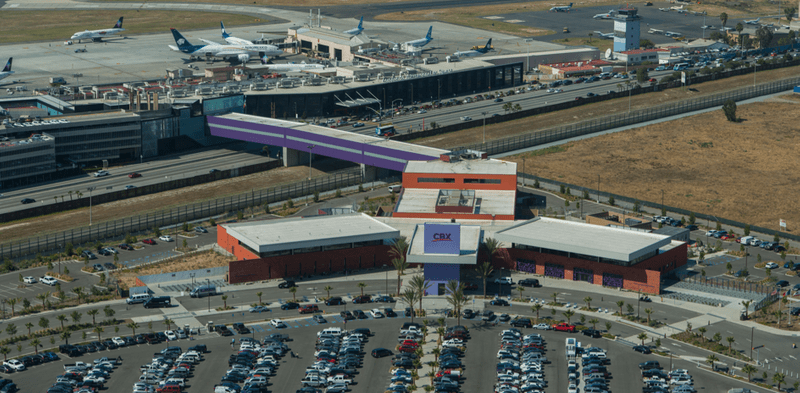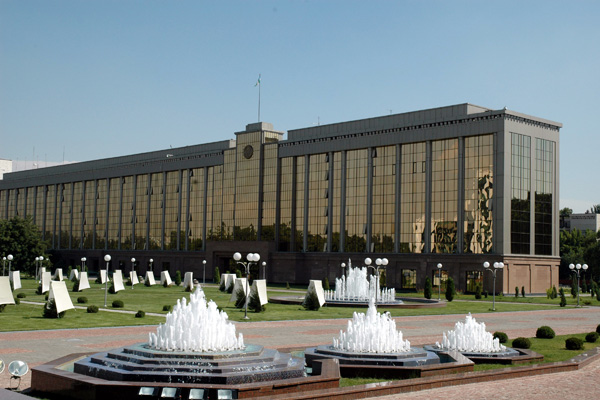By John Eger
Copyright timesofsandiego

San Diego and Tijuana form a cross-border economy of over 7 million residents. San Diego contributes strengths in research, defense, biotechnology and higher education, while Tijuana has developed into a global hub for advanced manufacturing, particularly in aerospace, electronics, and medical devices.
The supply chains between the two cities are so tightly connected that the region functions as a single production system, marketed by regional leaders as “CaliBaja.”
Every day, thousands of people cross the international border for work, study, shopping or healthcare. Despite the presence of one of the busiest border crossings in the world, this daily movement reflects the deeply interdependent labor market.
Initiatives like the Cross Border Xpress — a privately funded binational airport terminal linking San Diego directly to Tijuana International Airport — demonstrate how infrastructure has adapted to regional realities that transcend national boundaries.
San Diego and Tijuana also share a vibrant cultural life. Artists, musicians, and chefs frequently collaborate across the border, generating a hybrid identity that blends Mexican and American influences. Tijuana’s culinary innovation and San Diego’s craft beer movement, for instance, have become shared cultural markers of the binational community.
Universities, NGOs, and civic groups also work across borders on issues ranging from environmental sustainability to human rights. So do artists and musicians, with popular events that exemplify the synergy between San Diego and Tijuana.
Among the binational cultural events are the Border Jam Session, Música en la Calle in City Heights, Art Scene Baja, Opera en la Calle in Tijuana, the San Diego International Fringe Festival, Tijuana Design Week and annual Chicano Park Anniversary celebrations.
While not a formal political unit, the San Diego–Tijuana region has developed networks of governance that allow it to act as a coherent whole.
Organizations such as SANDAG and Tijuana’s planning agencies coordinate — sometimes informally — on transportation, water use, and environmental conservation. Academic research increasingly views the region as a laboratory for post-national governance, where local collaboration often outpaces the ability of Washington, D.C., or Mexico City to adapt.
San Diego–Tijuana exemplifies the rise of the region-state in a globalized world: a cross-border zone where economic, creative, and cultural forces bind communities more closely to each other than to their distant national capitals.
They highlight both the opportunities and challenges of 21st-century governance, suggesting that the future of prosperity and innovation may lie less in nation-states and more in dynamic metropolitan regions.
The San Diego–Tijuana metropolitan area is increasingly recognized as a region-state — a concept first articulated by Kenichi Ohmae in The End of the Nation State (1995). Ohmae argued that in an era of globalization, cross-border metropolitan zones, rather than traditional nation-states, function as the real engines of economic growth, creative and cultural innovation. San Diego–Tijuana, he argues, is a prime example of this transformation.
More and more, the arguments for making this official are compelling.
John M. Eger is a professor emeritus in the School of Journalism and Media Studies at San Diego State University. He previously served as telecommunications advisor to President Gerald R. Ford, legal assistant to FCC Chairman Dean Burch, and Senior Vice President of CBS.



